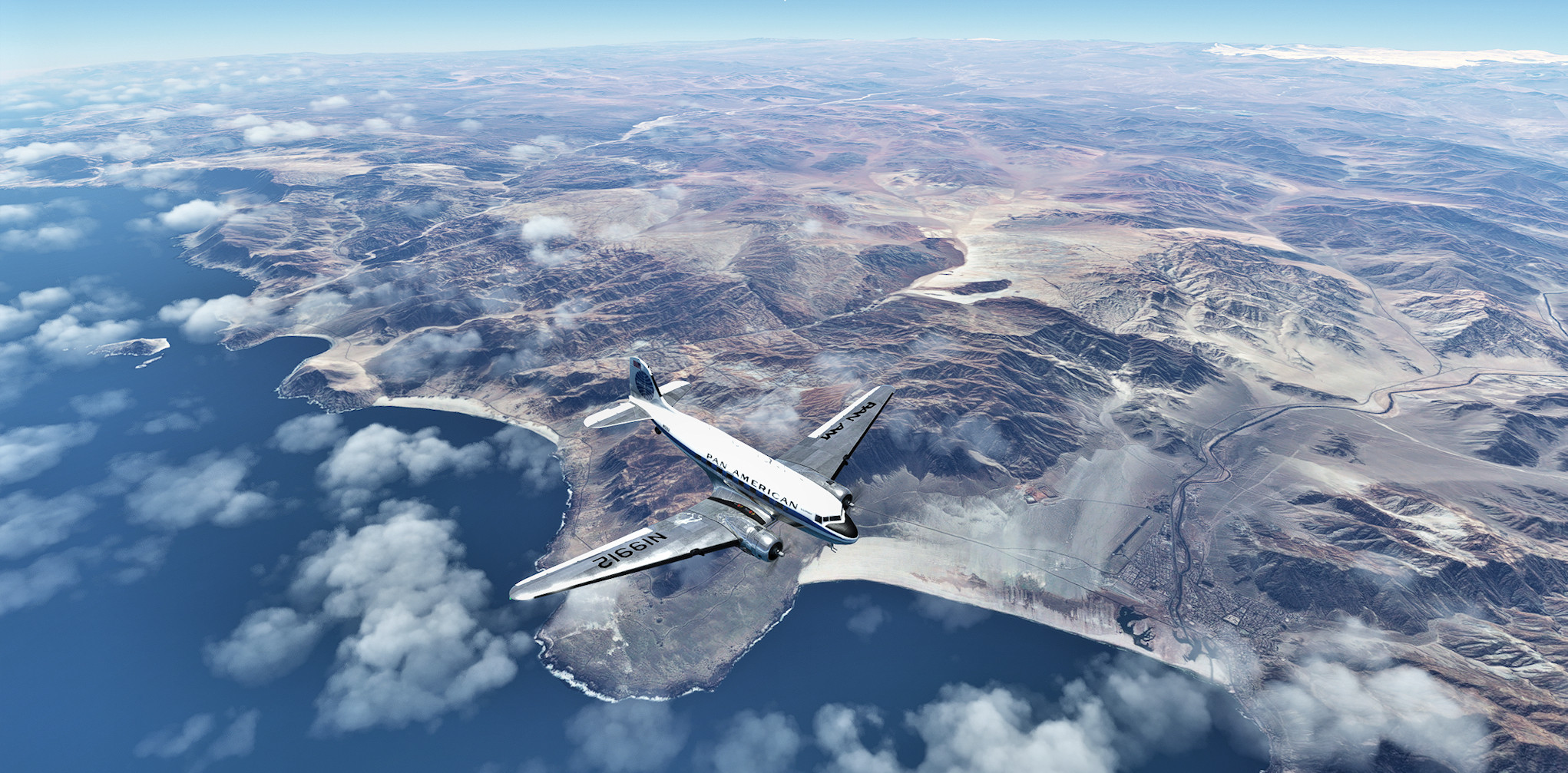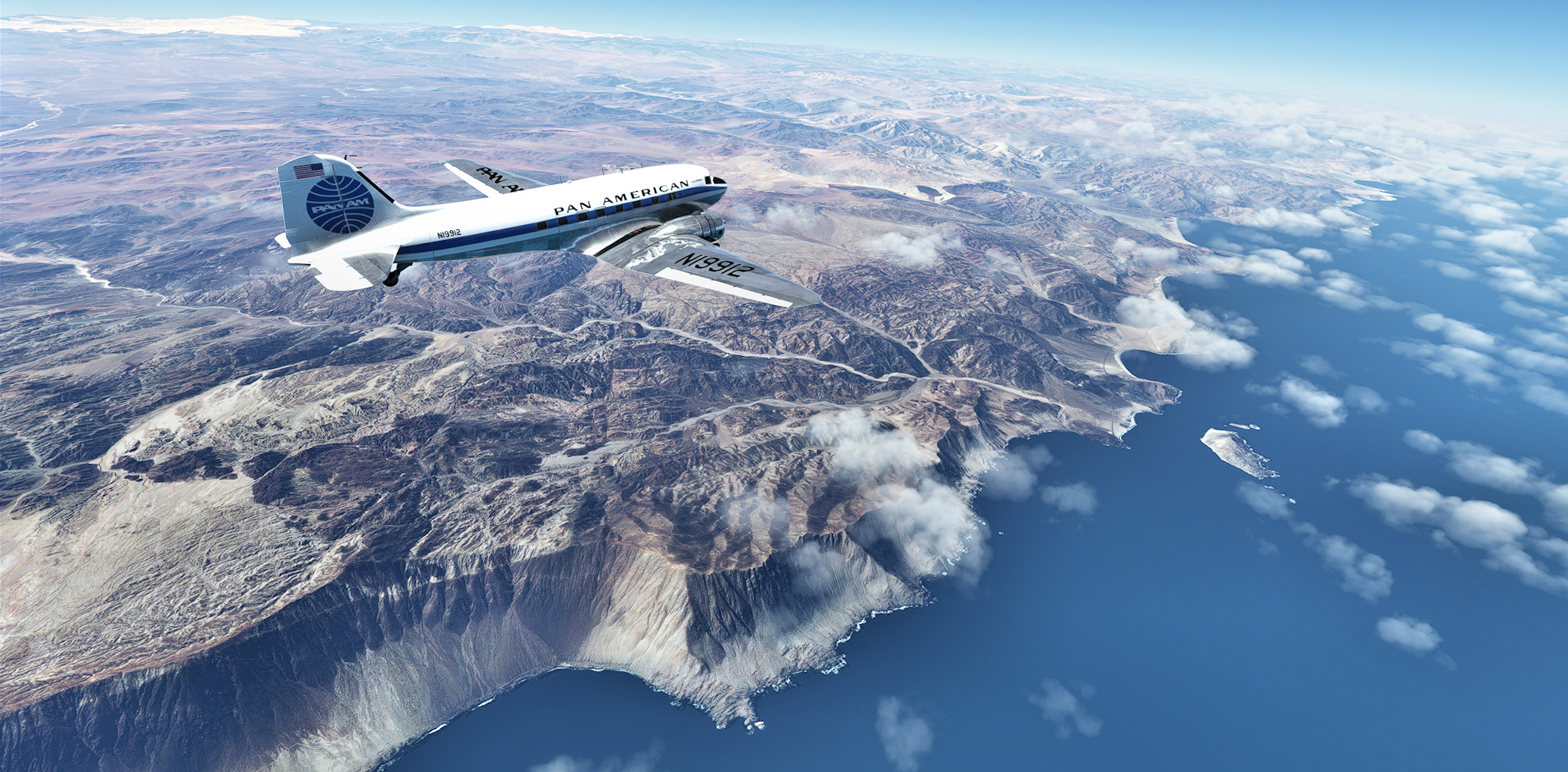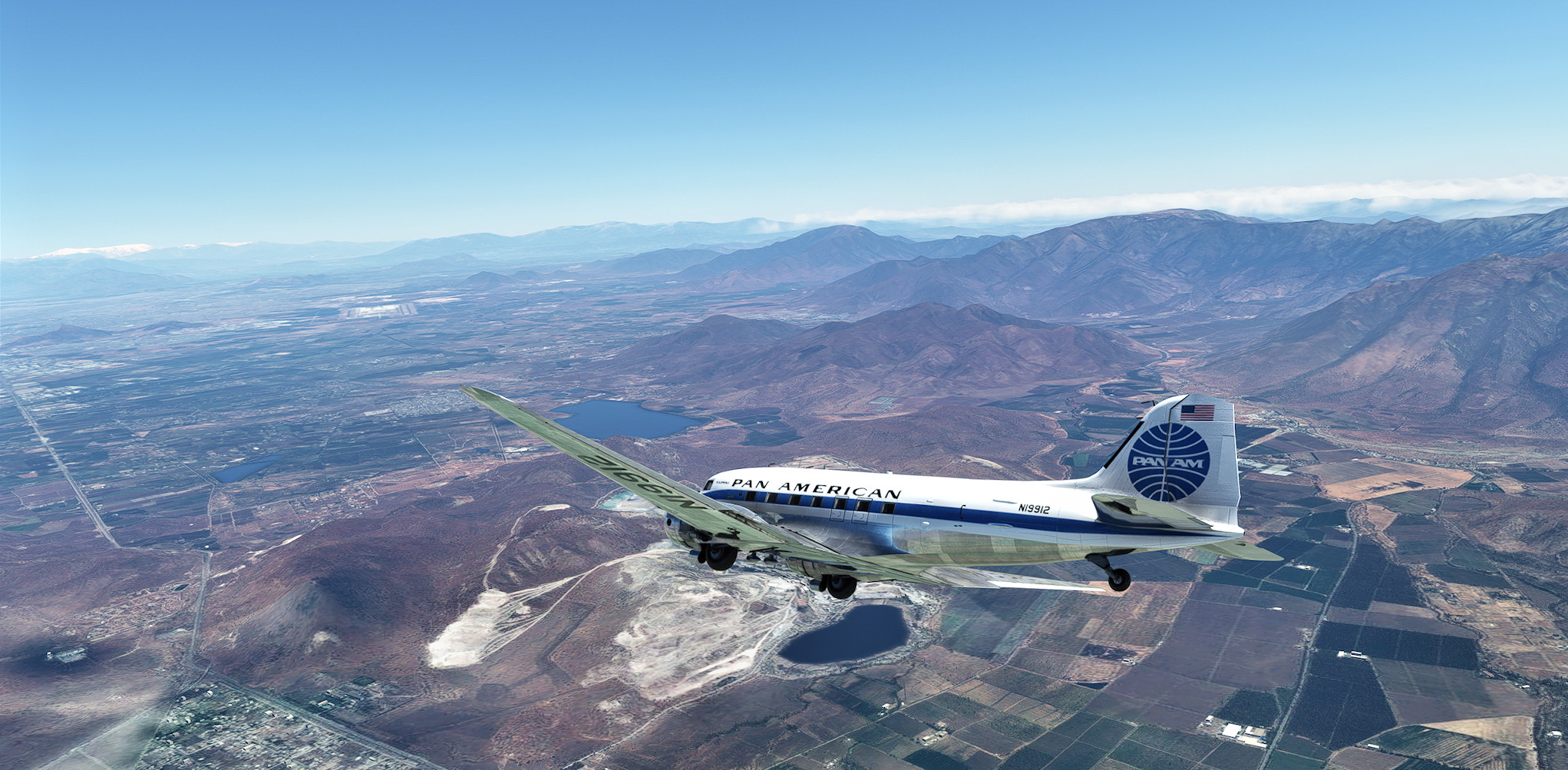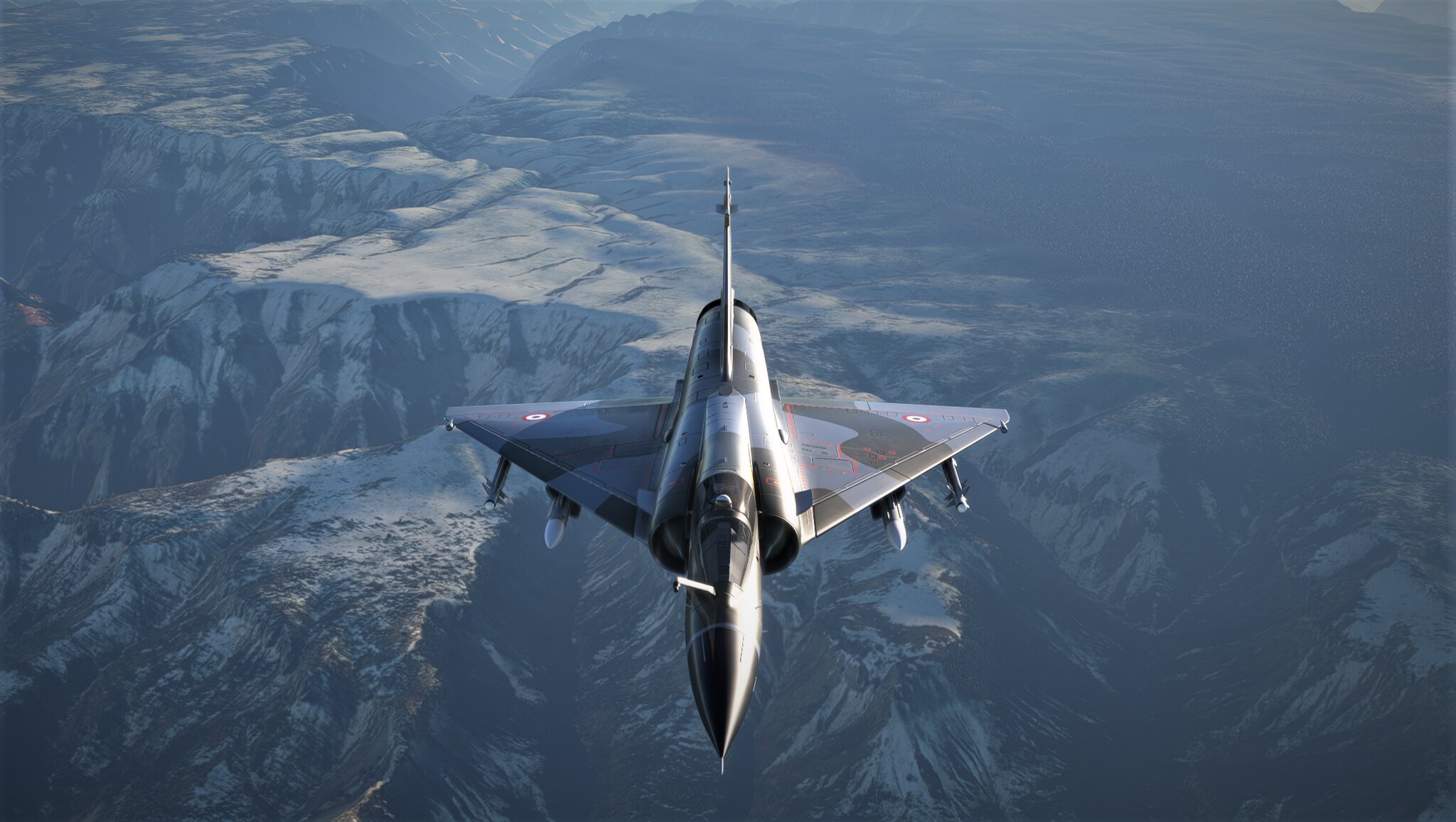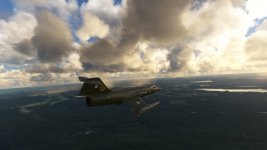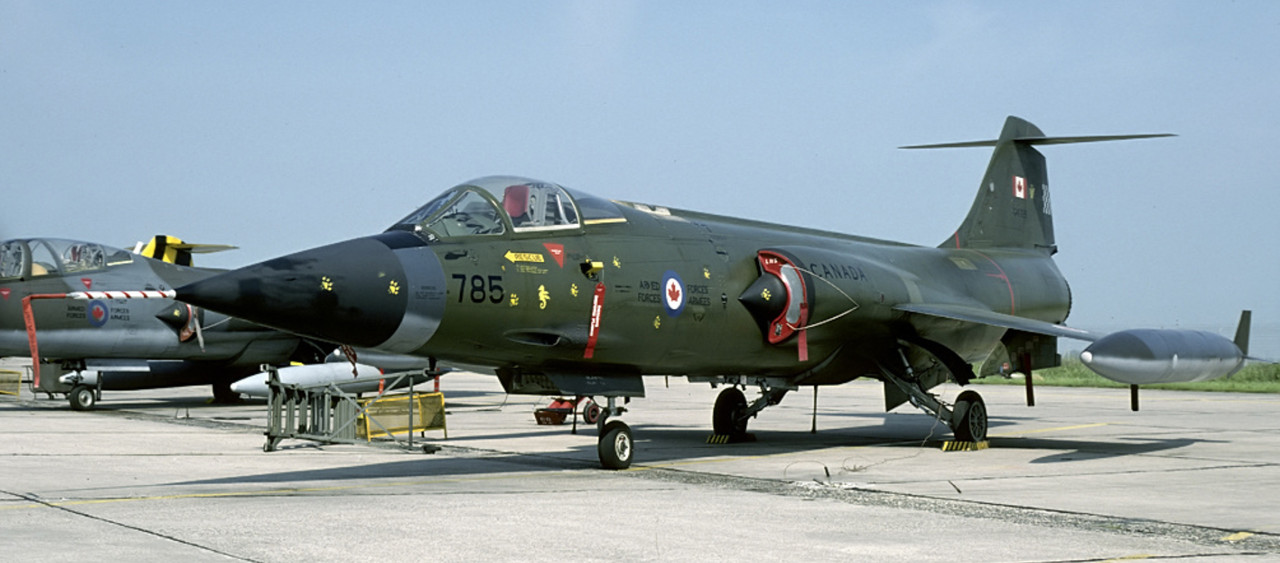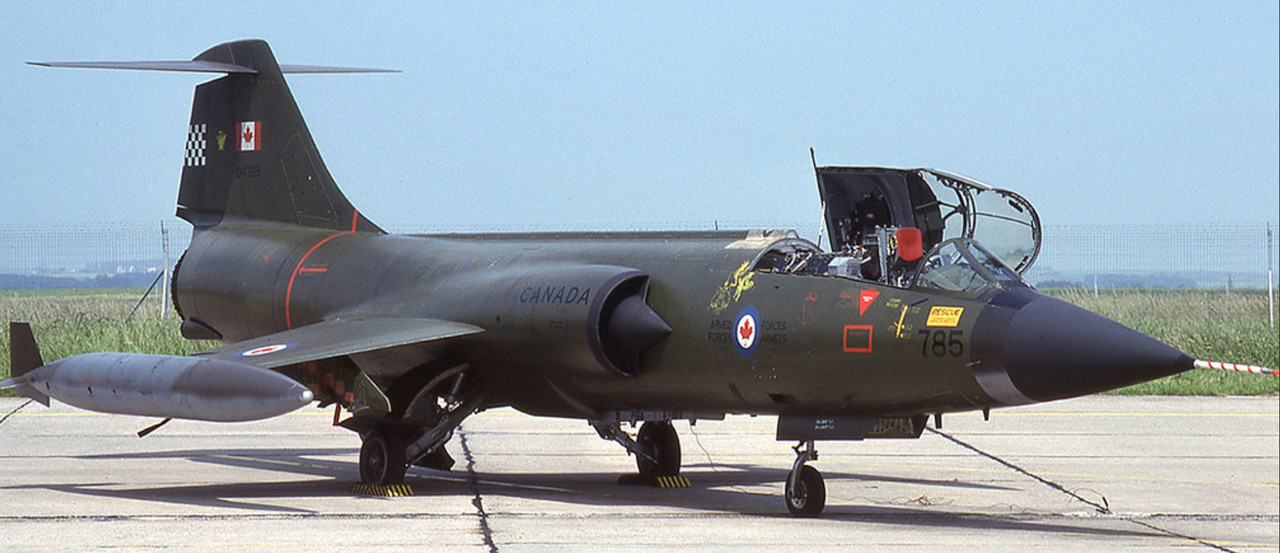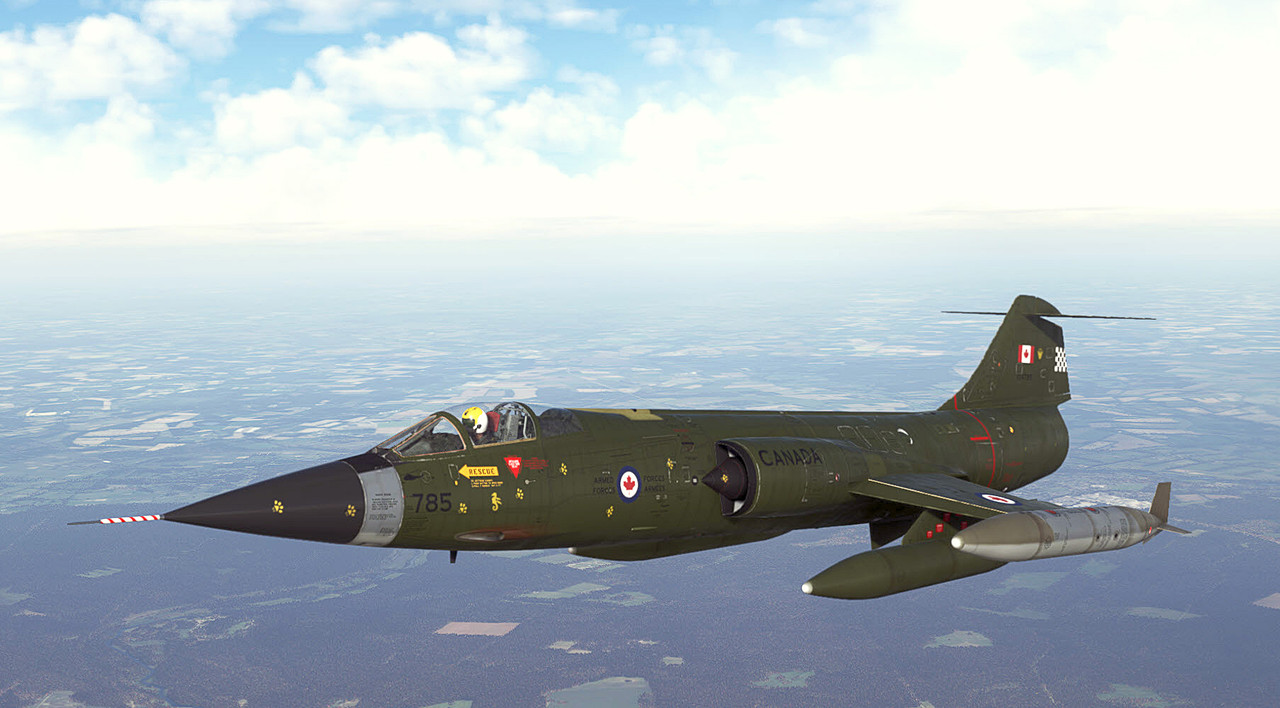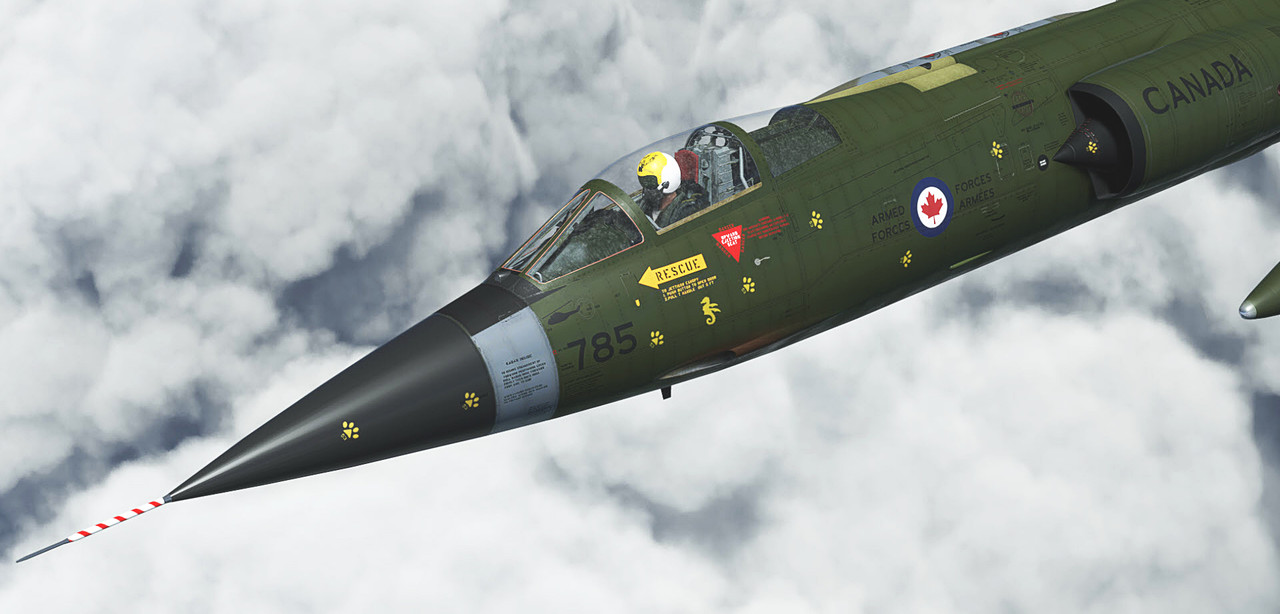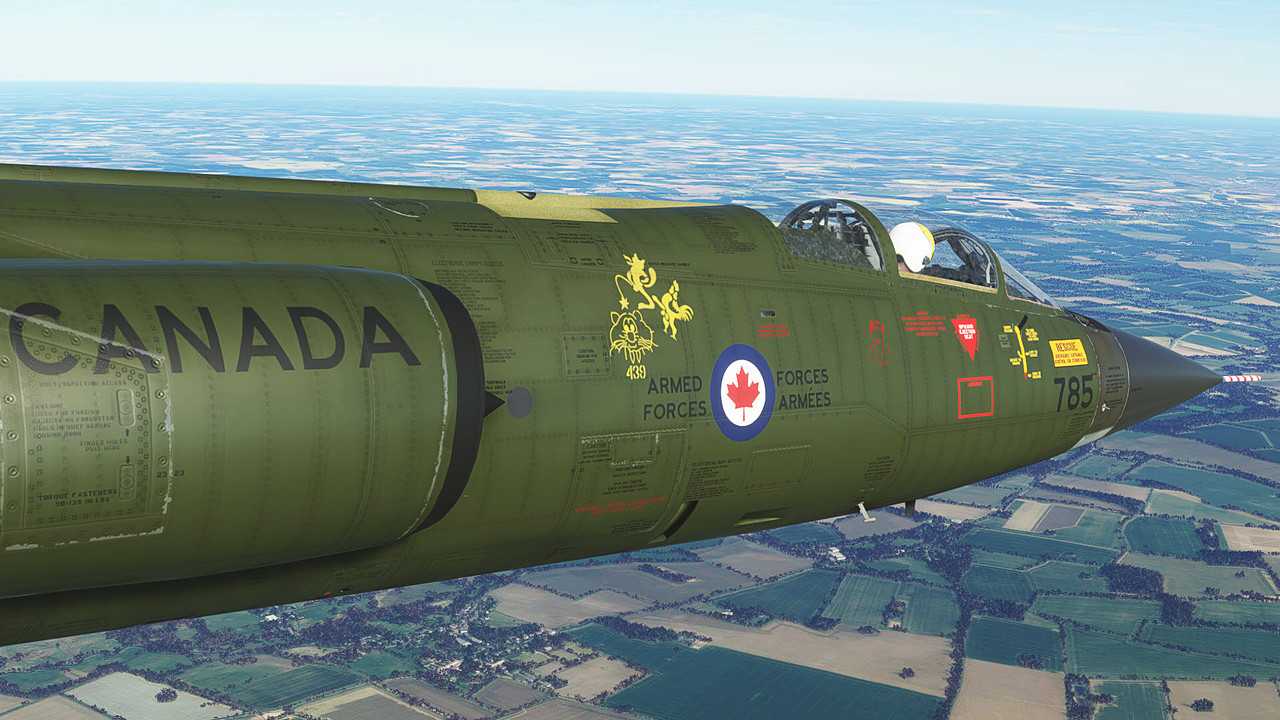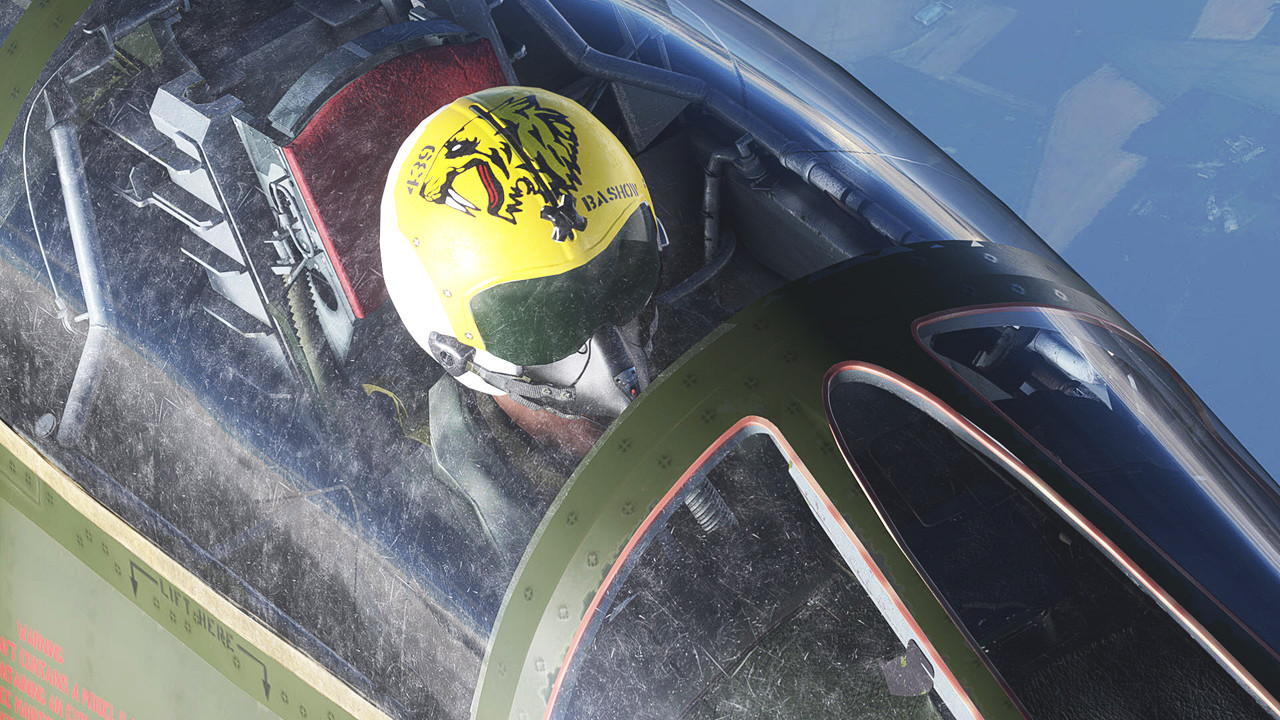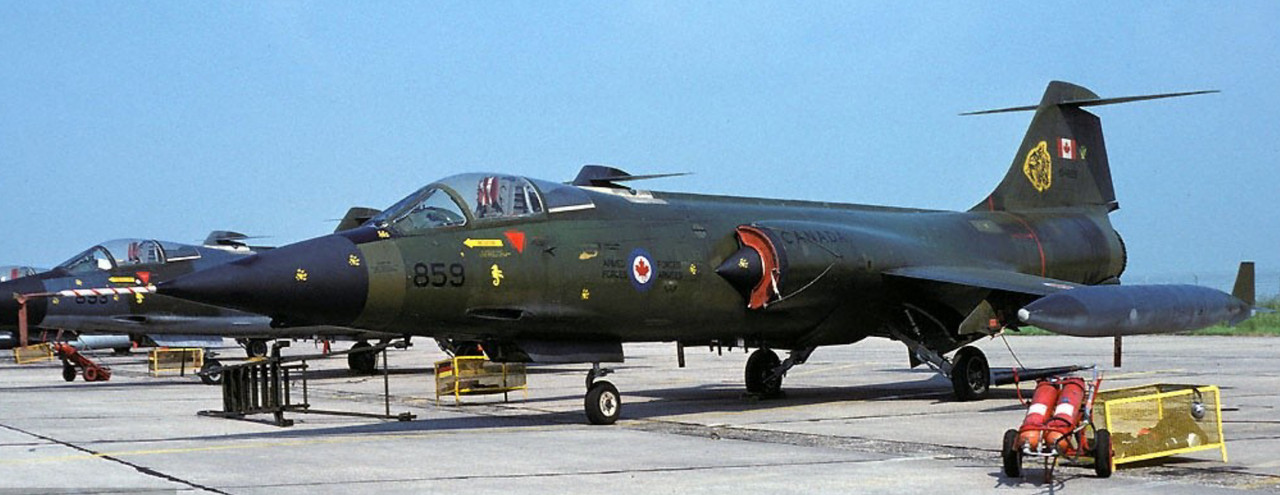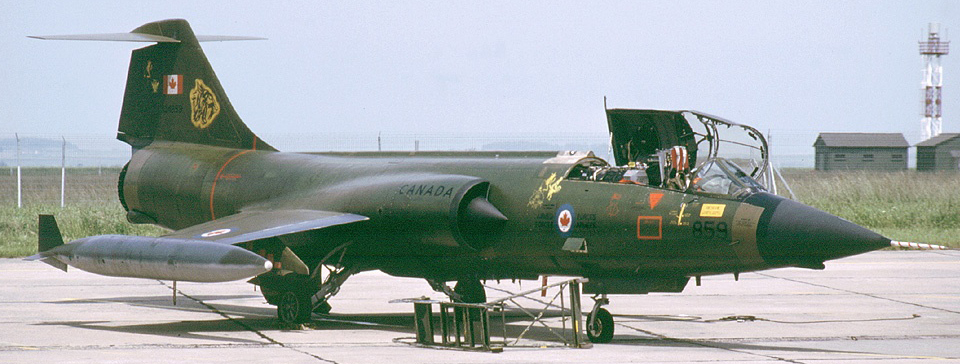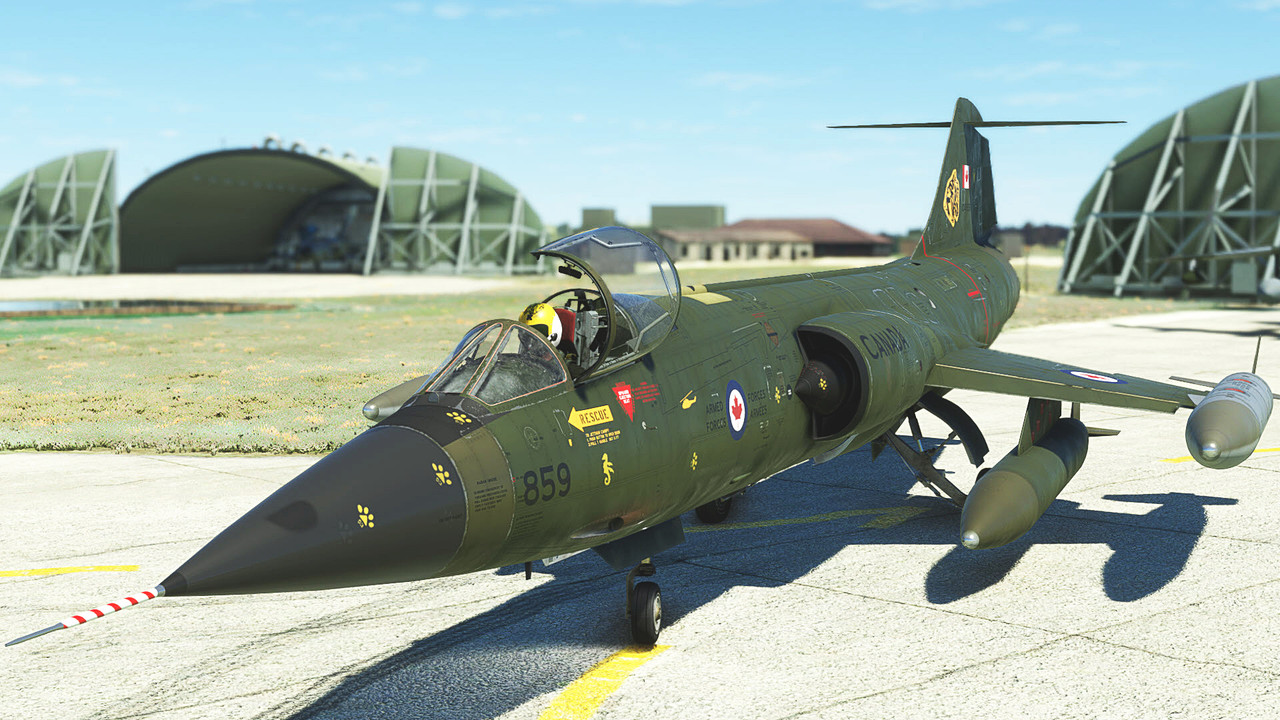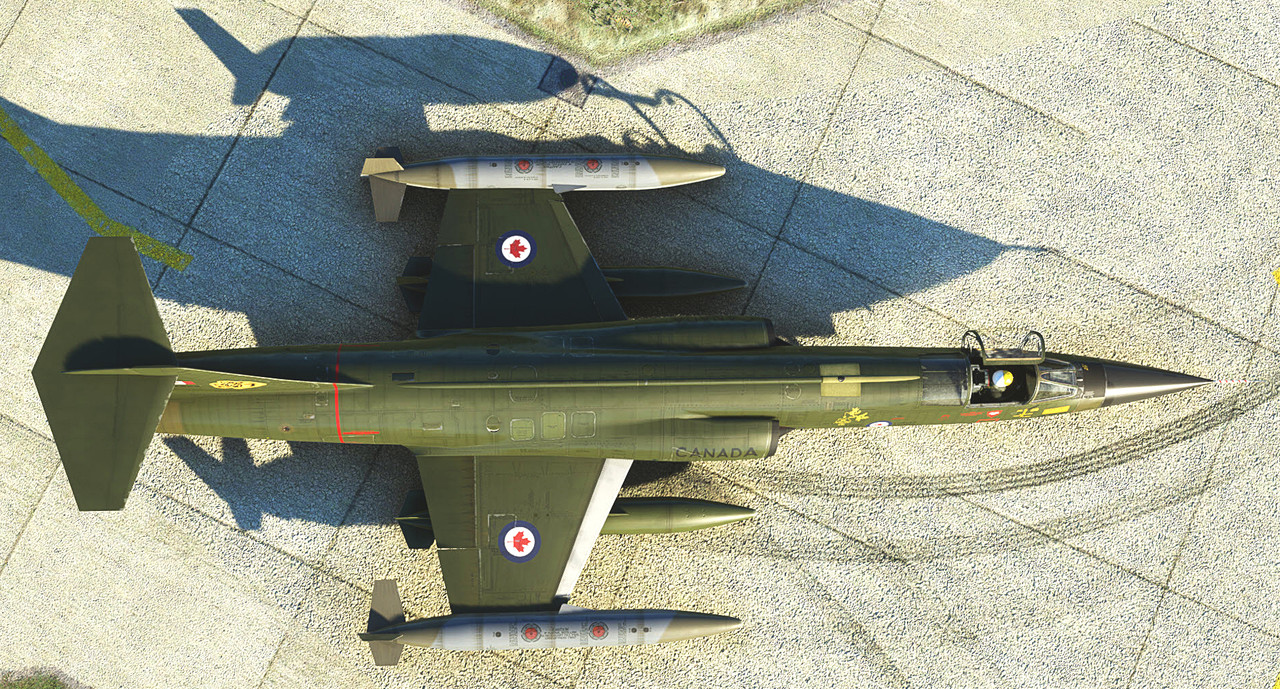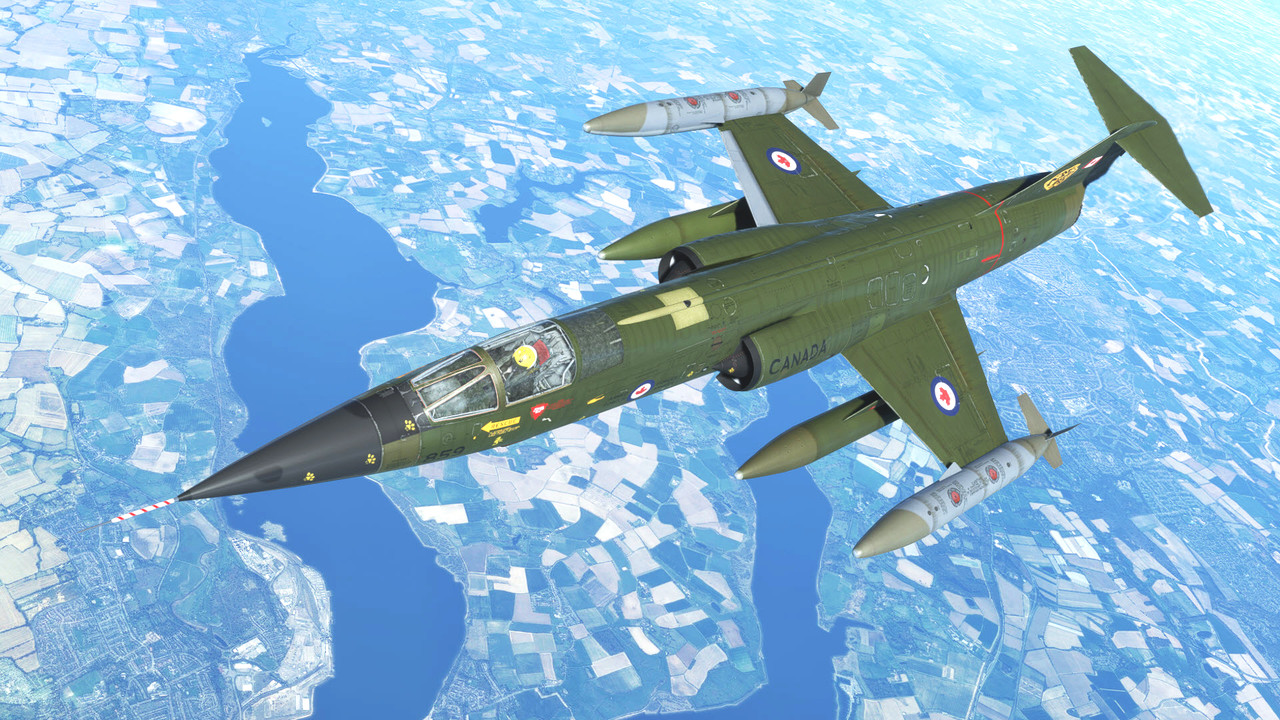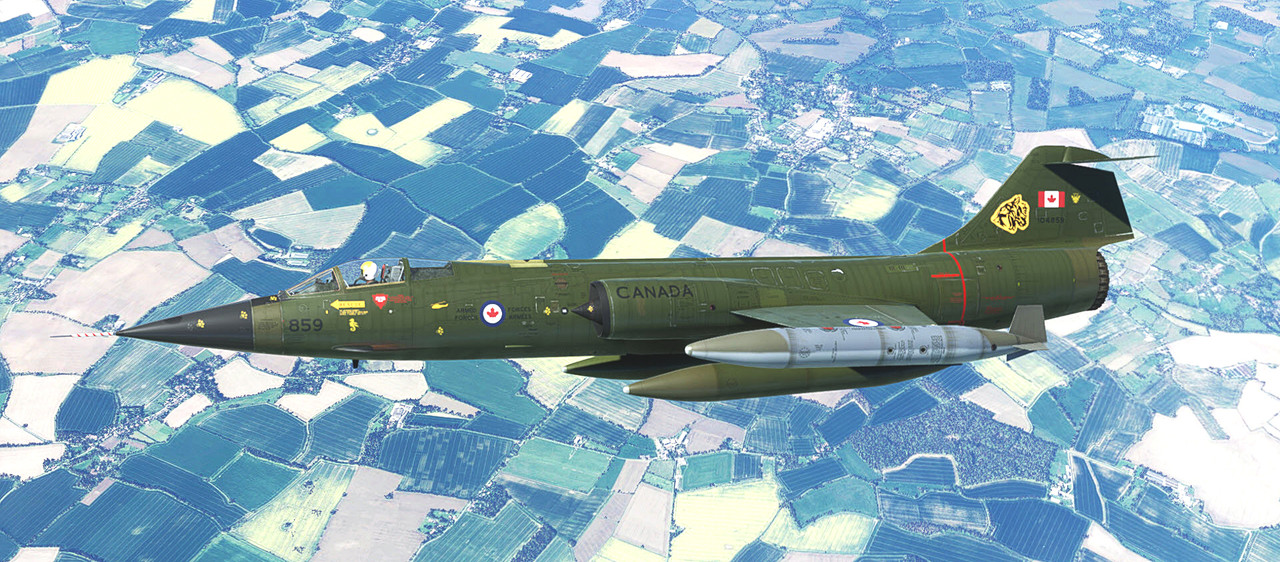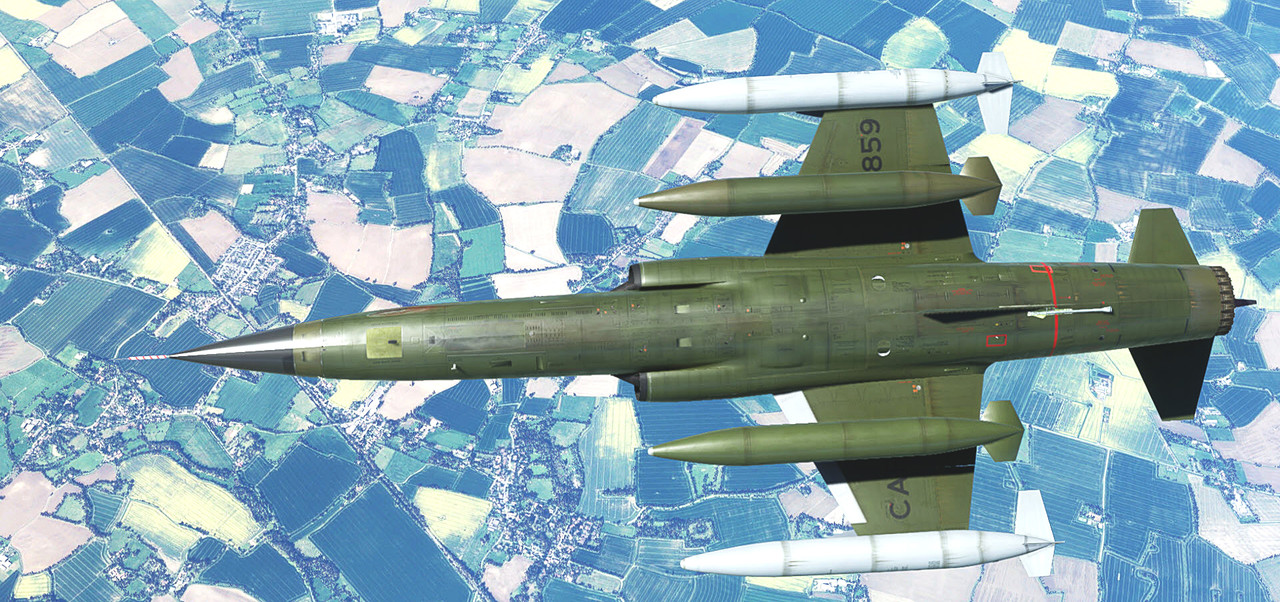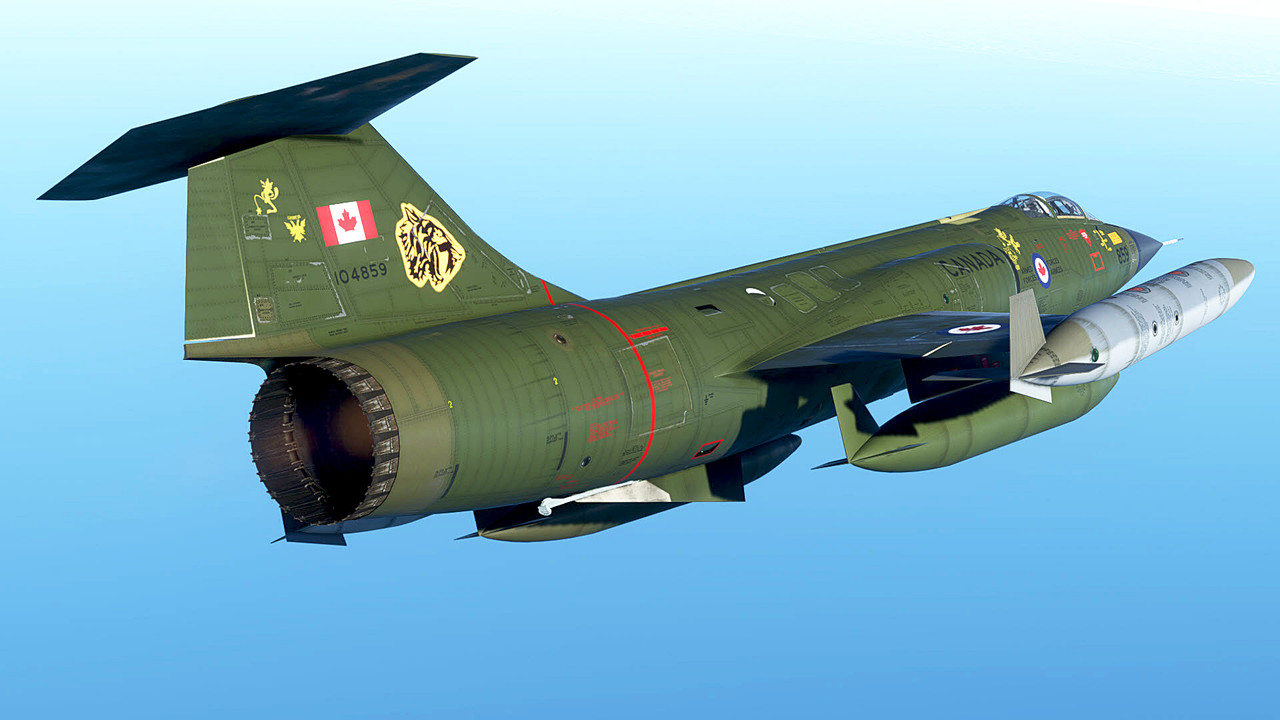Bomber_12th
SOH-CM-2025
After working on this one for nearly two months, most of the time just trying to get all the different panel variations right, my repaint of the Dakota Territory Air Museum's P-51D "Miss Kitty III" for the Asobo/Microsoft P-51D is now available on Flightsim.to
The aircraft is painted in the markings of a P-51K that was assigned to the 75th Fighter Squadron, 23rd Fighter Group, based in the China-Burma-India Theatre of World War Two, flown by Distinguished Flying Cross recipient Capt. John D. Rosenbaum. Restored by Casey, Haley and Brady Odegaard, Odegaard Wings, and AirCorps Aviation, "Miss Kitty III" is one of a number of modern Mustang restorations in which the goal was to present the aircraft looking as it would have from the factory and in combat in 1944/45, completely unpolished, and displaying an imperfect original factory finish. From the factory, the various aluminum panels across the airframe would be either shiny or dull based on the manufacturing process. Every time a metal sheet would be stamped in a press or rolled to form a curve, tiny imperfections would be left in the metal, thus dulling the surface. Where there was spot welding, a metal-etching acid was also brushed onto the metal to purify the surface, thus leaving bright marks around areas of the panels where spot welding occurred. Also, as per original factory process, the wings are painted silver. This was done as a result of North American Aviation using putty to fill the panel lines, rivets and screws around the leading edge half of the wing, and sanding the surface smooth in order to maximize the efficiency of the wing. This was a process that North American used on all wartime Mustang production, so when the switch came from camouflage paint to bare metal, they finished by painting the wings dull silver in order to match the bare metal finish of the fuselage.
Once again, the cockpit, gear wells, landing gear and gear doors, prop textures, etc., have all been custom-made to match the real world restoration.




Note the black stripe on the tailwheel doors looks a bit "funky" when the gear is raised, but this is 100% accurate. The reason for this is because they were painted with the gear down/doors open, parked on the ground, so the stripes on the tailwheel doors are aligned to the fuselage/tail stripe only when the gear is down/doors open.




The aircraft is painted in the markings of a P-51K that was assigned to the 75th Fighter Squadron, 23rd Fighter Group, based in the China-Burma-India Theatre of World War Two, flown by Distinguished Flying Cross recipient Capt. John D. Rosenbaum. Restored by Casey, Haley and Brady Odegaard, Odegaard Wings, and AirCorps Aviation, "Miss Kitty III" is one of a number of modern Mustang restorations in which the goal was to present the aircraft looking as it would have from the factory and in combat in 1944/45, completely unpolished, and displaying an imperfect original factory finish. From the factory, the various aluminum panels across the airframe would be either shiny or dull based on the manufacturing process. Every time a metal sheet would be stamped in a press or rolled to form a curve, tiny imperfections would be left in the metal, thus dulling the surface. Where there was spot welding, a metal-etching acid was also brushed onto the metal to purify the surface, thus leaving bright marks around areas of the panels where spot welding occurred. Also, as per original factory process, the wings are painted silver. This was done as a result of North American Aviation using putty to fill the panel lines, rivets and screws around the leading edge half of the wing, and sanding the surface smooth in order to maximize the efficiency of the wing. This was a process that North American used on all wartime Mustang production, so when the switch came from camouflage paint to bare metal, they finished by painting the wings dull silver in order to match the bare metal finish of the fuselage.
Once again, the cockpit, gear wells, landing gear and gear doors, prop textures, etc., have all been custom-made to match the real world restoration.




Note the black stripe on the tailwheel doors looks a bit "funky" when the gear is raised, but this is 100% accurate. The reason for this is because they were painted with the gear down/doors open, parked on the ground, so the stripes on the tailwheel doors are aligned to the fuselage/tail stripe only when the gear is down/doors open.





